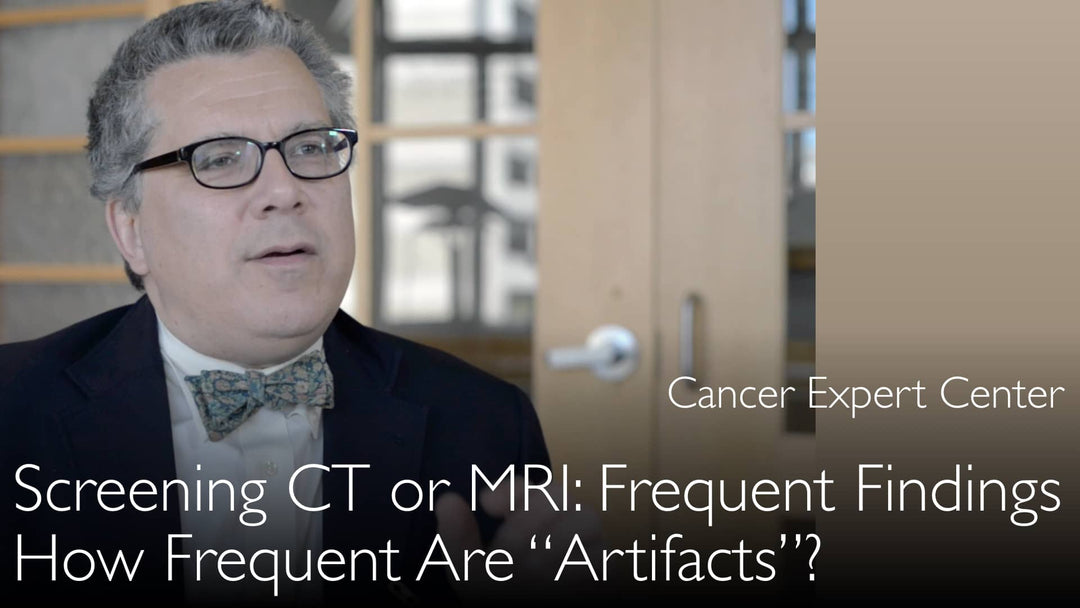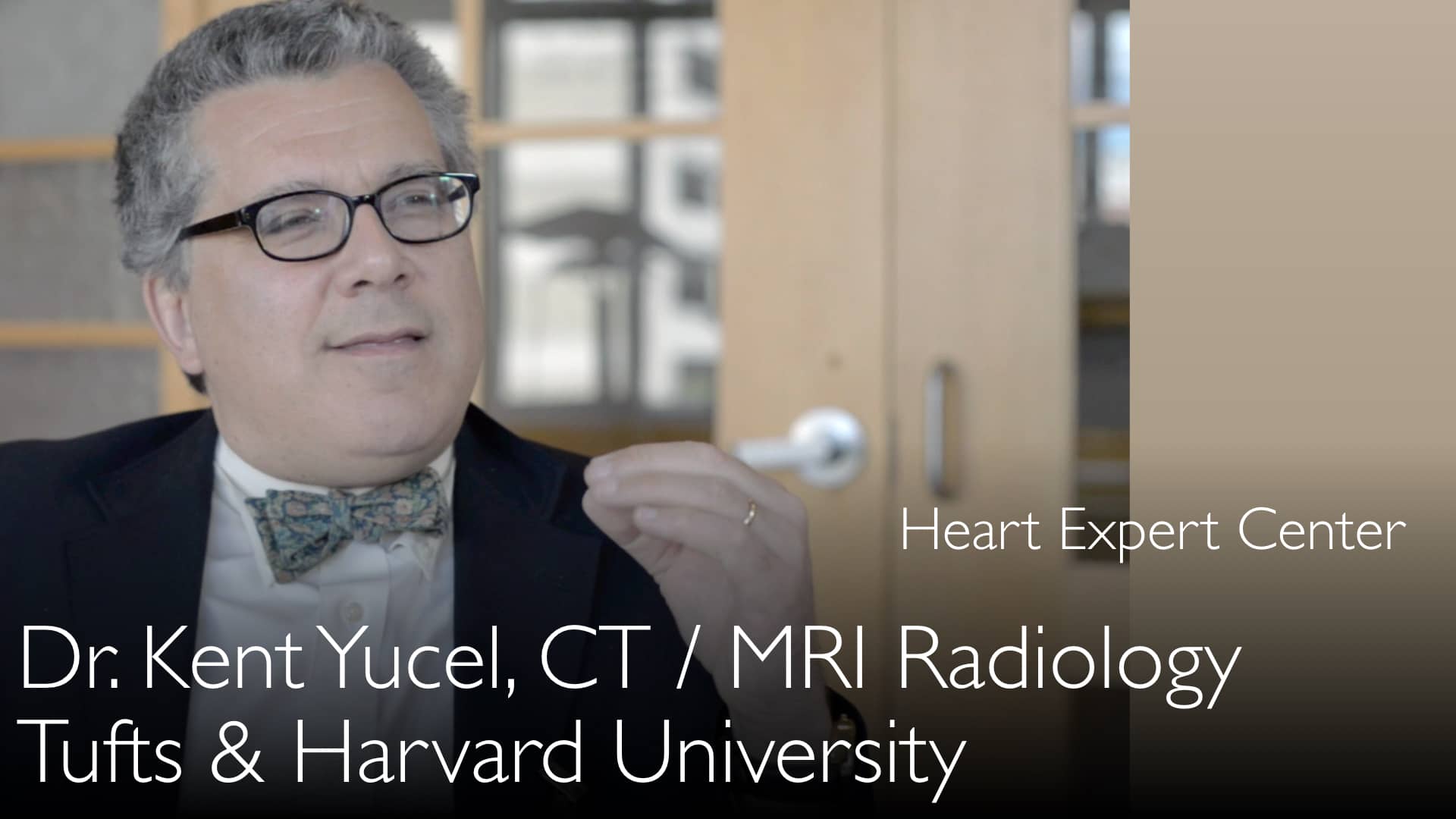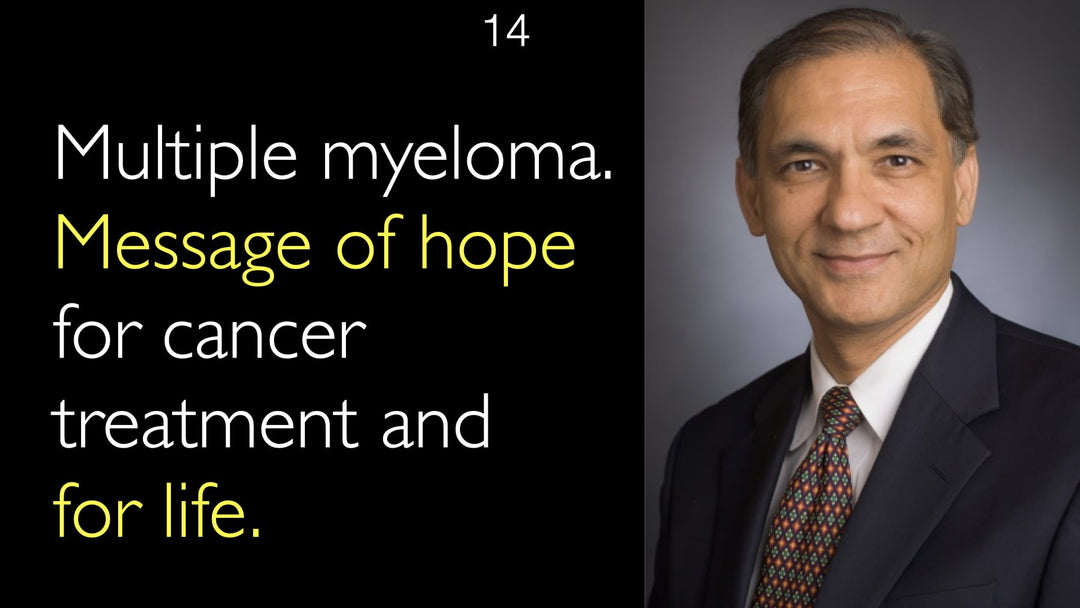Leading expert in radiology and advanced imaging, Dr. Kent Yucel, MD, explains the frequent findings on full-body CT and MRI cancer screening scans. He details how most findings are benign incidentalomas like small cysts or old scars. Dr. Kent Yucel, MD, highlights the significant risk of patient anxiety and unnecessary follow-up procedures. He emphasizes the low diagnostic yield and the lack of evidence for mortality benefit from these screening methods.
Understanding Incidental Findings on Full-Body CT and MRI Cancer Screening
Jump To Section
- Common Findings on Screening Scans
- The Challenge of Diagnosing Small Cysts
- Benign Spots and Lesions
- Patient Anxiety and Follow-Up Risks
- Low Diagnostic Yield of Screening
- Full Transcript
Common Findings on Screening Scans
Full-body CT and MRI scans for cancer screening frequently detect incidental findings. Dr. Kent Yucel, MD, a specialist in radiology, categorizes these common discoveries into two primary classes. The most frequent findings are small fluid collections known as cysts. These benign structures can appear in various organs throughout the body during a screening examination.
The Challenge of Diagnosing Small Cysts
Distinguishing a small cyst from a potential tumor is a major diagnostic challenge. Dr. Kent Yucel, MD, explains that when a cyst is of a reasonable size, radiologists can confidently identify and ignore it. However, screening often uncovers minuscule lesions where imaging characteristics are ambiguous. This uncertainty prevents a definitive benign diagnosis, turning an otherwise insignificant finding into a significant clinical concern.
Benign Spots and Lesions
Beyond cysts, screening scans often reveal other benign spots. Dr. Kent Yucel, MD, notes these can be remnants of old infections, like scar tissue from pneumonia in the lungs. Small, benign tumors such as hemangiomas in the liver are also common incidental findings. Similar to cysts, their small size at detection makes it exceptionally difficult to confirm they are harmless without long-term monitoring.
Patient Anxiety and Follow-Up Risks
Any abnormal finding on a scan generates immense patient anxiety. Dr. Yucel illustrates the extreme consequence with a historical case where a radiologist underwent unnecessary lung surgery for benign spots. The standard protocol now involves serial imaging surveillance. Patients may require repeat CT or MRI scans every six months or annually for three to five years to prove a lesion is not growing, exposing them to repeated radiation and significant stress.
Low Diagnostic Yield of Screening
The benefit of full-body screening is heavily outweighed by its risks. Dr. Kent Yucel, MD, states there is very little evidence that these scans find significant cancers early enough to improve mortality. The process creates a large cohort of patients undergoing years of unnecessary follow-up to prove a lesion is insignificant. Dr. Anton Titov, MD, often discusses the critical importance of seeking a medical second opinion to confirm findings and avoid overtreatment.
Full Transcript
Dr. Anton Titov, MD: Cancer screening CT or MRI are done frequently. What are typical and frequent findings on screening CT or whole body MRI? What do these common findings mean for patients who undergo cancer screening by MRI or CT? What happens when a small lesion is found on MRI or CT scan? A leading MRI and CT radiologist discusses frequent findings on screening MRI and CT scans.
Magnetic resonance imaging scan for cancer detection without cause is becoming more popular. Video interview with leading expert in radiology, CT and MRI specialist. MRI breast cancer screening is an established method now. Cancer detection with whole body MRI is advertised to consumers everywhere.
There might be benefit for low dose CT scan for lung cancer screening in high risk individuals. There are new guidelines on benefits and harms of CT screening for lung cancer. Diagnostic value of screening CT and MRI is low. Usually small cysts are found. But often doctors do not know if findings are cysts or cancer. So more invasive and radiation-involving tests are done repeatedly.
Get a medical second opinion to confirm CT findings and MRI findings and understand their meaning. Medical second opinion helps to choose the best treatment strategy for cancer on MRI or CT scan. Seek medical second opinion on cancer and be confident that your treatment is appropriate.
Dr. Anton Titov, MD: You mentioned that 99% of findings on a screening CT for cancer or screening MRI for cancer are incidental findings without much significance. Nevertheless, probably any finding on MRI or CT creates a lot of anxiety for a patient. And such incidental findings on CT or MRI are often followed up by invasive methods. People use pelvic, abdominal, chest, and brain MRI and CT to screen for cancer. What are common findings on screening MRI?
Dr. Kent Yucel, MD: Incidental findings on CT or MRI are basically falling into two classes. There are small fluid collections, we call them cysts. They can happen in a variety of organs. Cysts are generally benign. But the problem is, when cysts are small, it is very difficult to tell for sure that they are cysts.
So we see these cysts in regular patients, who are being evaluated for some other reason. And if such incidental lesions are of a reasonable size, we can say they are cysts. And we can ignore them. But the problem when you start screening patients by MRI or CT, you start finding these small cysts. And you cannot be sure that they are cysts or not. So they are a problem.
The other thing is there are some benign spots, for lack of a better term. They can happen in the lungs, from old pneumonias or infections. They can happen in the liver. They can be small benign tumors. And again, when they are small especially, we can have great difficulty telling whether they are significant or not.
When this was first started there was a famous radiologist in America. He got a screening CT scan. And they found spots in his lung. And he then ended up having lung removed. He had lung surgery for these spots. They turned out to be nothing.
So we have learned over the years not to be so aggressive with CT spots and dots. And we are doing more and more follow up imaging after screening CT or MRI first identified them. So a lot of these patients will come back every six months, or every year. They have repeat CT or MRI for three or four or even five years to show that these lesions are not growing.
So that is the risk of screening MRI. It is the big risk of these screening modalities. It will lead to a lot of patients are going to end up having to come back for three, four, even five years for additional imaging. To prove that things that are not significant are, in fact, insignificant.
In return, there is very little evidence that they will benefit in terms of finding significant lesions earlier to make the MRI or CT screening worthwhile. Cancer screening CT or MRI - frequent findings. Video interview with leading expert in radiology, CT and MRI specialist. What to do about incidental findings?








